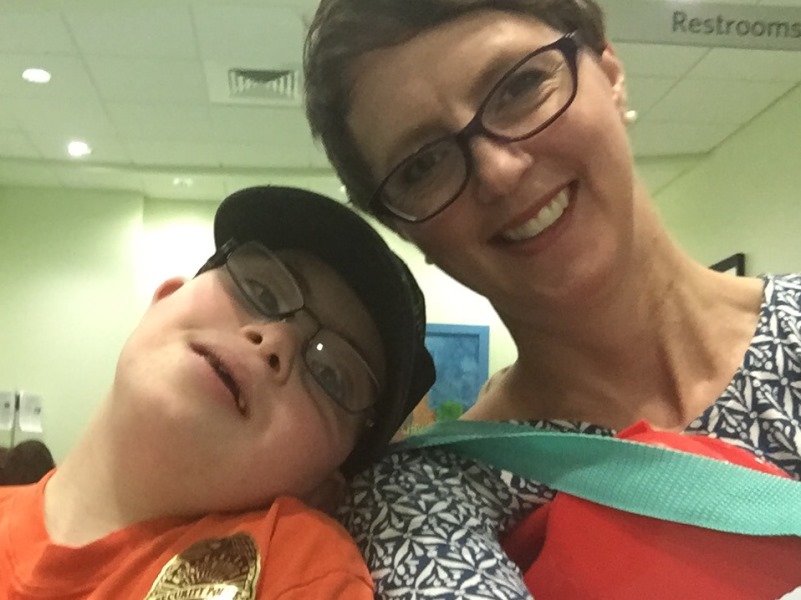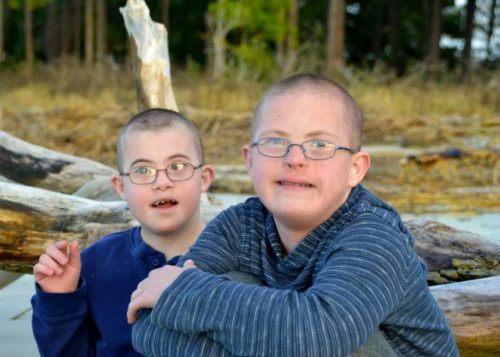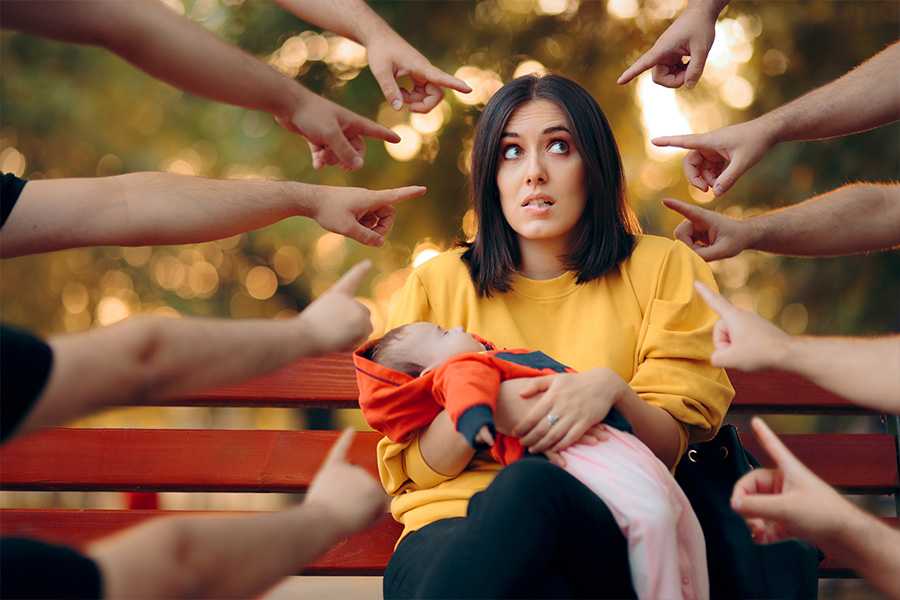April is National Autism Awareness Month. As a parent to two children with Down syndrome, I have honored Autism Awareness Month in a show of solidarity, but since 2015, when an autism spectrum diagnosis was given to one of my children, we have been become part of the autism community.
We are now a family impacted by the dual diagnosis of Down syndrome and autism.
The chances of being diagnosed with both Down syndrome and autism are hard to quantify. Some sources say that a person with Down syndrome has a higher likelihood than the general population, and others estimate a lower than average risk. Either way, as people become more aware of this dual diagnosis, it’s possible that more children are getting diagnosed accurately.
“Both Down syndrome and autism can be challenging disabilities separately, without the combination, however when combined the challenges are multiplied and can be quite complex,” says the Down Syndrome-Autism Connection. In my experience, that’s true. In our situation, I was very much aware of the possibility of dealing with Down syndrome and autism together.
I had read the book, “When Down Syndrome and Autism Intersect,” which describes this population as withdrawn, probably non-verbal, and likely to stim a great deal. Ben has a very different presentation than the book describes; he is not withdrawn or unable to socialize, but rather, unable to use judgement or understand the concept of sharing. He does speak, but his ability to communicate with others is limited. His stimming is a fairly mild feature for him, and is more subtle than the typical hand flapping or rocking.
The fact that Ben doesn’t have the more severe, typical presentation of autism with his Down syndrome delayed his diagnosis and prevented us from getting necessary therapies which will help him to be as successful as possible.
Because Ben’s presentation is so different from the book I read on the subject, I struggled to accept his autism diagnosis. I tended to describe it as a way to get appropriate therapy rather than an accurate description of who my son is. It was about six months later when we attended a picnic with our local Down Syndrome Association that it hit home that Ben definitely has autism. We hadn’t attended a Down Syndrome Association picnic in years because it is quite challenging to bring Ben out to social gatherings, so attending that picnic provided me with a shock.
It was apparent that the social setting was incredibly stressful to Ben, and equally obvious that he was different from the others there without autism.
Rather than being a gathering with people who share something in common, it was the moment that I realized how very different Ben is from other people with Down syndrome. Autism is as much of a part of who Ben is as Down syndrome, and that moment was when it became clear.

Remembering that autism is a spectrum disorder, even when combined with Down syndrome, is crucial.
I nearly missed an important piece of Ben’s puzzle because I believed a stereotype about what Down syndrome with autism looks like.
Ben’s autism diagnosis has helped us to more accurately describe who he is while getting him the most effective therapies. While it was difficult to wrap my mind around, it has been a great thing for him to get the correct diagnosis and help.















